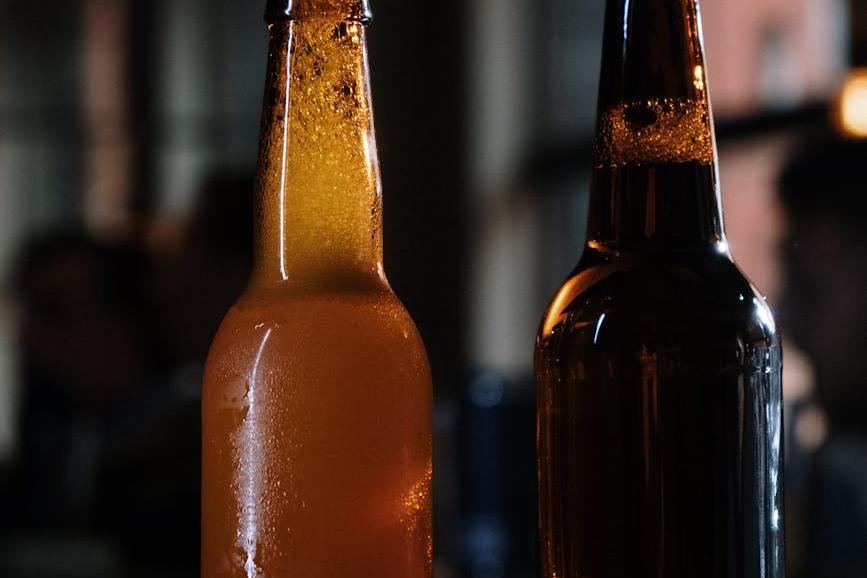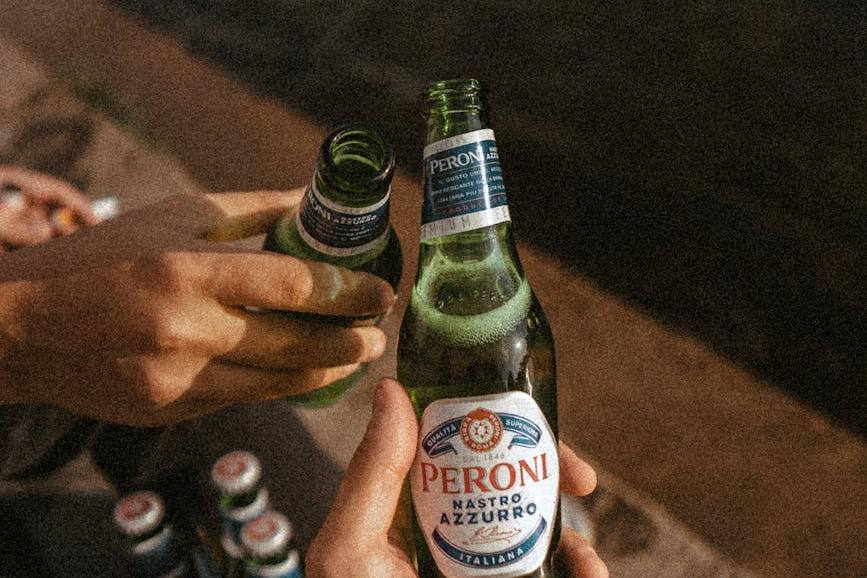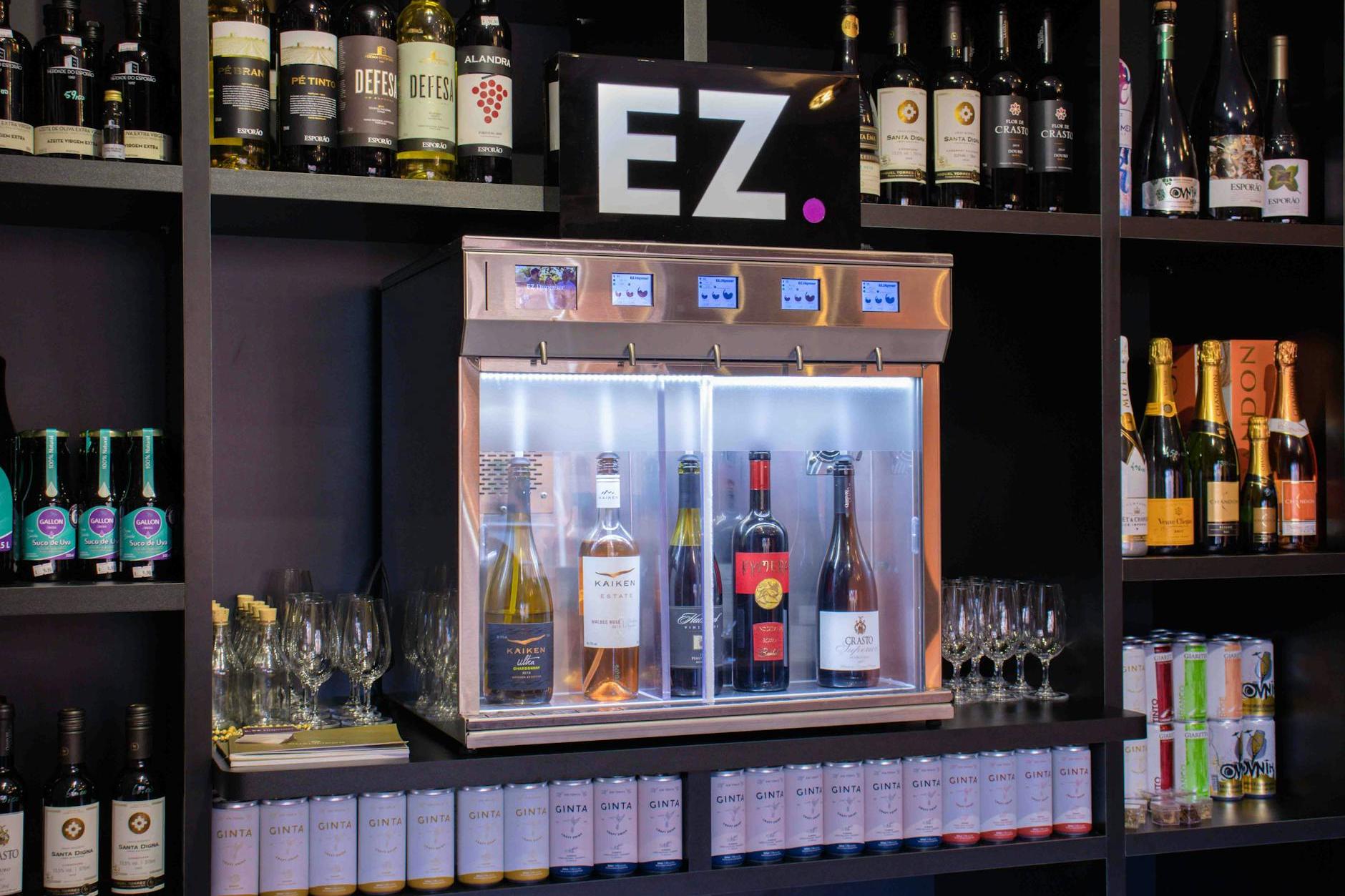- Zhongshen (Shanghai): 20 years of experience in foreign trade.
- Service Hotline: 139 1787 2118

The "Clearance Code" for Beer Imports
Holding an ice-cold beer mug,Foreign tradePeople in the industry know best that behind the fluctuating HS codes in the customs system lies the key to the success or failure of the entire supply chain. Last year, a newly established agency mistakenly declared goods under the tax code for "bottled beverages," resulting not only in a 23% back payment of tax differences but also in a full container of goods being stranded at the port for 15 days during the scorching summer heat—a profound lesson.
Triple Verification for Qualification Preparation
- Basic Business Licenses and Certificates: The Food Business License requires special attention to the filing of the "alcoholic beverages" business item.
- Food import record filing: Submit the "Imported Food" notification 30 days in advance.CosmeticsImport and exportThe "Business Filing System" has completed the entry.
- Registration of overseas manufacturers: Check the list published by the General Administration of Customs."List of Registered Overseas Manufacturers of Imported Food"Latest version
Five Heartbeat Moments in the Customs Clearance Process
| Stage | Key actions | Common mistakes |
|---|---|---|
| Inspection application process | Certificate of OriginThe alcohol content must match the test report. | Confusion in the labeling units of malt concentration (Plato degree vs. weight percentage). |
| Customs declaration process | Subdivision declaration under tariff item 2203.00 | Confusing the classification of malt beer with other fermented beverages |
Hidden bonus points in logistics solutions
- Cold Chain Transportation: The temperature must remain stable at 5-15°C throughout the entire process (craft beer requires stricter standards).
- Shockproof packaging: The 0.5L thick-walled bottles imported from Germany require special reinforcement.
- Time - effect control: BelgiumOcean shippingThe optimal route selection is the 35-day voyage plan.
Three warning signals of risk control
In the typical cases handled last year, a batch of Czech beer was returned due to the absence of the warning statement "Excessive alcohol consumption is harmful to health" on the Chinese label. Key recommendations include:
- Products with less than 60% of their shelf life remaining.
- The alcohol content fluctuates beyond the labeled value of ±0.5% vol.
- Wooden pallets not fumigated pose quarantine risks.
When you hold this customs clearance guide in your hands, it's like wielding a dedicated bottle opener to unlock the world of beer. Remember, a successful importer must not only appreciate the aroma of malt but also understand the numerical rhythm within customs codes. Next time you clear customs, ask yourself: Are my beer's "identification documents" complete?
Recommended for You
? 2025. All Rights Reserved. Shanghai ICP No. 2023007705-2  Shanghai Public Network Security Record No. 31011502009912
Shanghai Public Network Security Record No. 31011502009912









